Graphic design for animals has taken a remarkable turn since the digital age began, injecting both creativity and purpose into the visuals aimed at animal-related audiences. While it once adhered to traditional techniques and styles, the field has now exploded with endless possibilities. Today's graphic design for animals blends artistry with intention, enhancing everything from pet product packaging to wildlife conservation campaigns. At first consideration, this kind of graphical work might appear niche or whimsical, but in reality, it is impactful and meaningful--gaining significant traction in creative circles. Elevate your designs with the following animal-focused graphic design concepts and make a statement in your work.
Animal-themed typography
Animal-themed typography goes beyond simple lettering to include elements inspired by the animal featured, creating a harmonious blend of text and imagery that evokes the essence of the creature. Designers may employ organic shapes and textures, like the fur of a tiger or the delicate scales of a fish, integrating them into the letterforms to convey a more immersive experience. The color palette often reflects the natural hues associated with the specific animals, whether it's the vibrant tones of a parrot's plumage or the muted browns and greens of a forest dweller. Innovative use of negative space might form a silhouette of the animal or suggest movement and behavior, ensuring that the typography not only spells out a word but also tells a story that resonates with a viewer's inherent affinity for the animal world.
Wildlife illustration techniques
Wildlife illustration techniques in graphic design involve a blend of traditional and digital methods to capture the intricate details and essence of animals in their natural habitats. Artists often begin with hand-drawn sketches, employing pencils to define shape and structure, then transitioning to watercolors or inks to create depth and texture, which are pivotal in depicting fur or feathers with accuracy. Digital tools like graphic tablets and software such as Adobe Illustrator or Procreate are then used to refine these artworks, allowing for enhanced color manipulation and layer control, enabling designers to achieve hyper-realistic or stylized outcomes. Texture brushes and layers are often employed to mimic natural patterns found in animal skin or scales, while also providing the flexibility to alter compositions easily, ensuring realistic representation and artistic interpretation coexist in harmony.
Pet branding strategies
Graphic design for animals, particularly in the context of pet branding strategies, revolves around creating visually appealing identities that encapsulate the essence of a pet's personality and its role in the owner's life. Designers must skillfully use colors, typography, and imagery that evoke specific emotions and associations reflective of the pet's characteristics--be it playful, serene, or adventurous. The development of branding extends to packaging design, promotional materials, and social media presence, ensuring that all touchpoints resonate with pet owners' values and preferences while standing out in a competitive market. An effective pet branding strategy must anticipate trends in pet ownership and consumer behaviors, such as the increased interest in eco-friendly products or bespoke, hand-crafted pet accessories, thus requiring a deep understanding of both the pet and the owner's lifestyle to create a cohesive and memorable brand experience.
Zoo signage design
Zoo signage design combines artistry with functional communication, creating visually engaging and informative displays that enhance the visitor experience while promoting conservation education. Designers must consider factors such as readability, target audience, branding, and material durability when crafting signs that often include images, scientific names, habitat descriptions, and conservation statuses. Interactive elements and digital technologies are increasingly being integrated, offering touch screens or QR codes for dynamic content that can be updated regularly and cater to diverse learning styles. Eco-friendly materials and sustainable printing practices are prioritized, reflecting the zoo's commitment to environmental stewardship while aesthetically blending signage into the natural surroundings to avoid visual pollution.
Animal pattern backgrounds
Animal pattern backgrounds offer a dynamic and visually intriguing element in graphic design, drawing inspiration from the complex textures and colors found in the natural world. The repetition and variation of patterns like tiger stripes, leopard spots, and zebra prints not only serve as iconic motifs that evoke a sense of wilderness and raw beauty but also lend a striking contrast and rhythm to designs. These patterns can be manipulated in various ways to create unique compositions, such as overlapping them to produce depth, altering colors to fit specific thematic palettes, or even distorting shapes for more abstract interpretations, allowing for an interesting juxtaposition of realism and creativity. Designers can employ these elements across a spectrum of applications, from the bold and contemporary to softly integrated backgrounds in editorial design, packaging, or digital branding, achieving a powerful way to express both modern aesthetics and timeless natural allure.
Creature vector graphics
Creature vector graphics encapsulate the beauty and diversity of the animal kingdom through the precision of digital art, allowing designers to create scalable and vibrant illustrations that can be used across a multitude of platforms. Artists utilize sophisticated software tools to render both realistic and abstract representations of animals, focusing on intricate details such as texture, fur, and scales while maintaining crisp outlines that remain sharp regardless of image size. The versatility of vector graphics enables seamless integration into various applications, from educational materials and children's books to branding and merchandise, making them an invaluable resource for conveying animal themes effectively. Designers often employ bright, engaging color palettes that not only bring these creatures to life but also evoke emotional connections with audiences, whether inspiring awe, empathy, or curiosity about the natural world.
Endangered species posters
Graphic design focused on endangered species posters serves as a vital tool for raising awareness about imperiled animals, employing a blend of striking visuals and informative content to engage viewers emotionally and intellectually. Designers meticulously select powerful imagery, often featuring realistic depictions of the animals in their natural habitats, to evoke empathy and a sense of urgency. Typography plays a crucial role, carefully chosen to convey messages of conservation and urgency without overshadowing the imagery, while color palettes are often inspired by the wildlife's ecosystems, ranging from the lush greens of rainforests to the stark white of polar regions. Incorporating infographics and critical data about the species, such as population numbers, threats they face, and conservation efforts, designers aim to educate the audience, motivating them to participate in preservation actions and support organizations dedicated to saving these creatures from extinction.
Cartoon animal mascots
Cartoon animal mascots in graphic design are intricately crafted to blend appeal and functionality, capturing both whimsy and emotion with exaggerated features like large, expressive eyes or oversized heads that draw viewers in. Designers meticulously select color palettes that reflect the character's intended personality--vibrant hues for playful animals, subdued tones for wise or serene creatures. Each mascot's design is simplified to ensure scalability across multiple media, maintaining clarity whether on a billboard or a business card. Achieving a distinct and recognizable silhouette is vital, as it creates a memorable iconography, alongside carefully considered proportions and postures that infuse the character with energy and life, ultimately fostering a connection between the mascot and the brand's audience.
Biodiversity awareness brochures
Biodiversity awareness brochures for animal graphic design serve as vital tools in educating the public about the importance of ecological diversity and the myriad of species that inhabit our planet. The design process often incorporates vibrant, high-resolution images of animals in their natural habitats, helping to foster a connective, emotive response from viewers and illustrate the interdependent relationships among species. These brochures utilize infographics to present statistical data on species population decline, habitat loss, and the impact of human activity, thus transforming complex environmental science into accessible and engaging content. Typography is carefully selected to ensure clarity and readability, often using bold headlines to draw attention to urgent conservation messages while integrating earthy tones and natural textures to evoke a sense of connection to the environment.
Veterinarian logo designs
Veterinarian logo designs blend creativity with symbolism to convey trust, care, and professionalism. Designers often incorporate elements such as paws, stethoscopes, and cross symbols, which instantly communicate the essence of veterinary services. Color psychology plays a crucial role; soothing tones like blues and greens evoke feelings of calm and reliability, while vibrant hues such as orange or yellow may be used sparingly to suggest warmth and friendliness. Typography choices add to the visual language, where serif fonts can denote tradition and stability, whereas sans-serif fonts can hint at modernity and innovation, creating a nuanced balance between professional authority and approachable care.






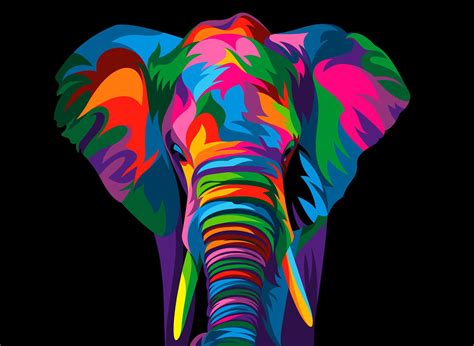
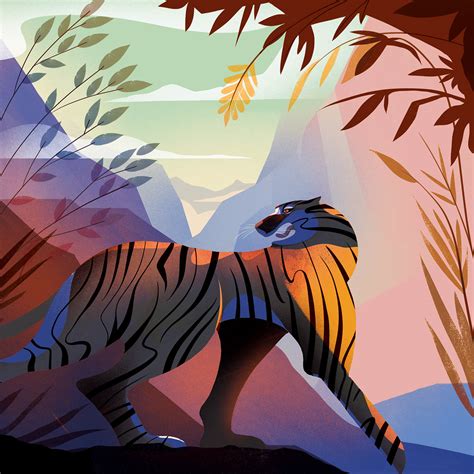
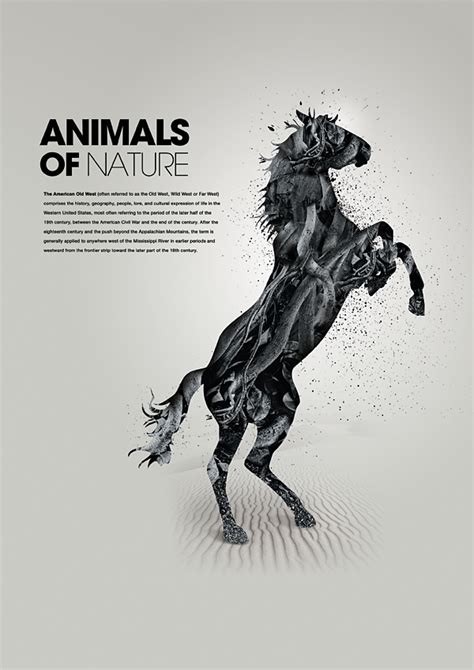
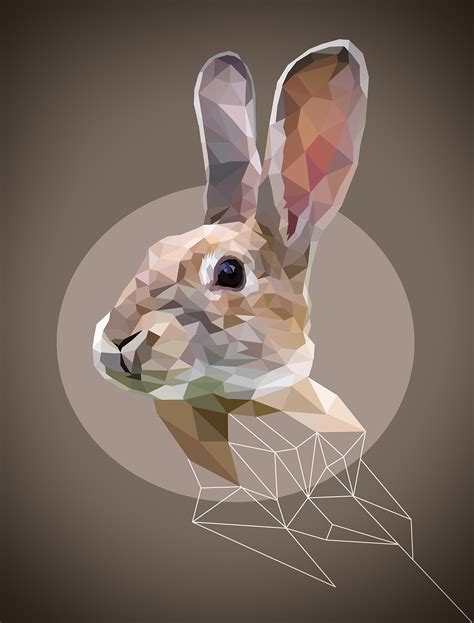
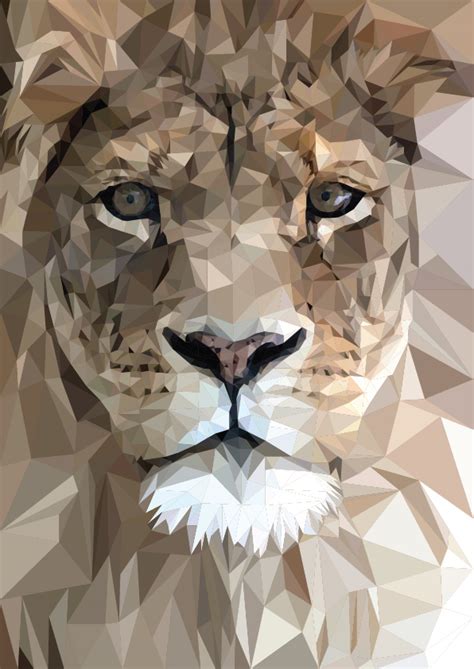
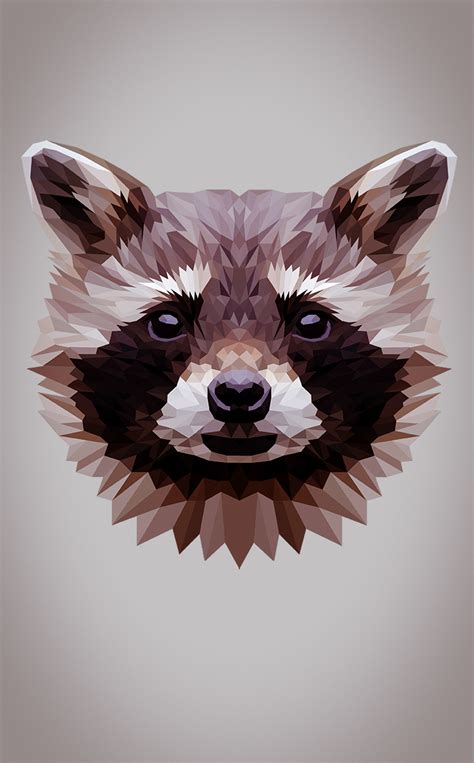
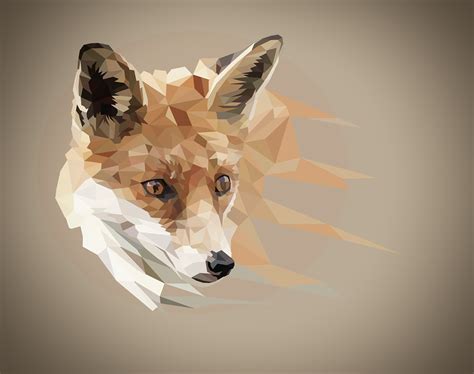
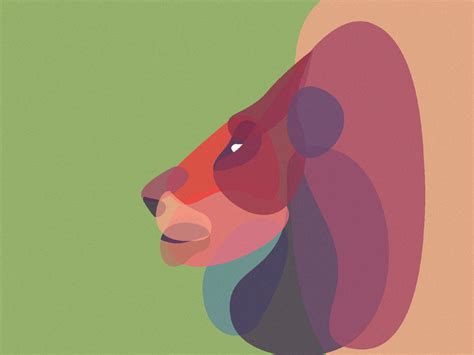
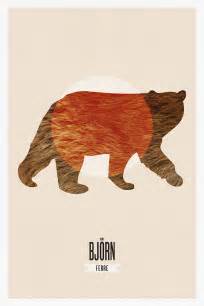
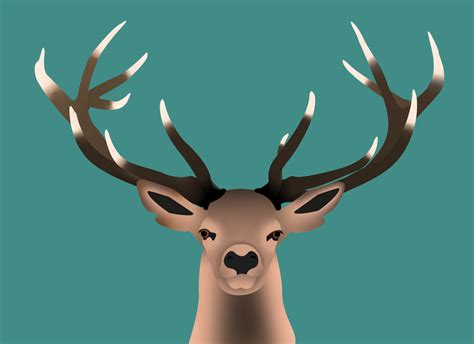
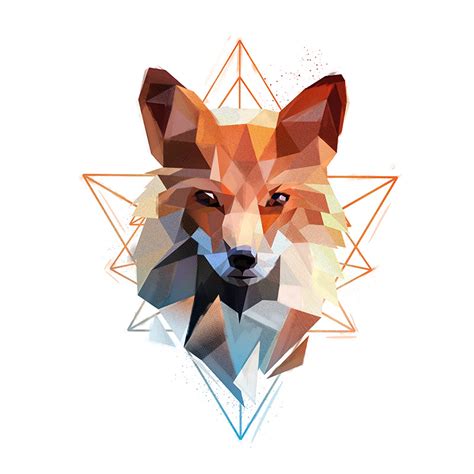
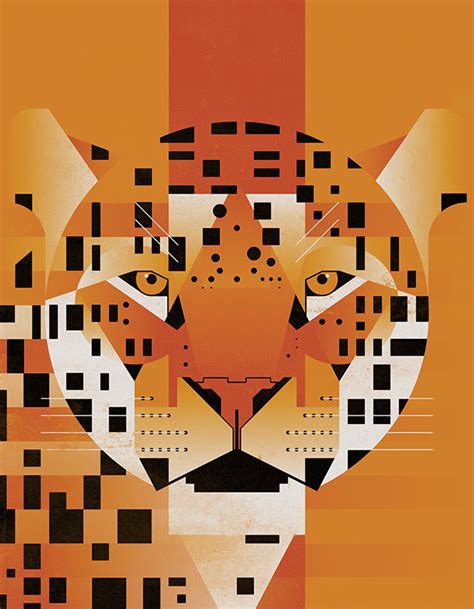
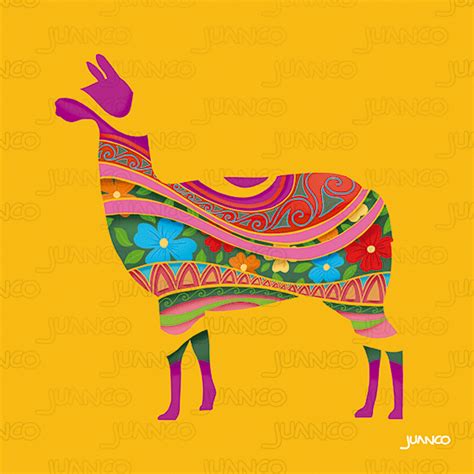
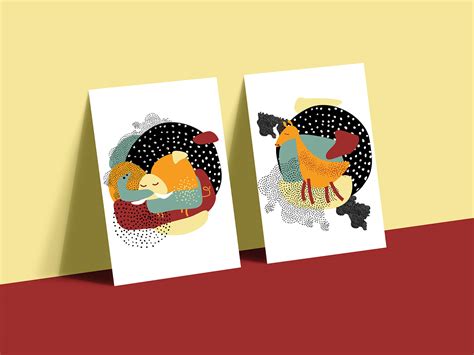
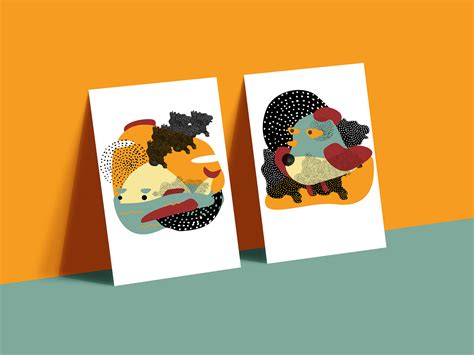
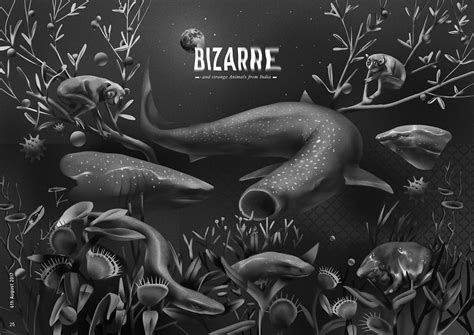
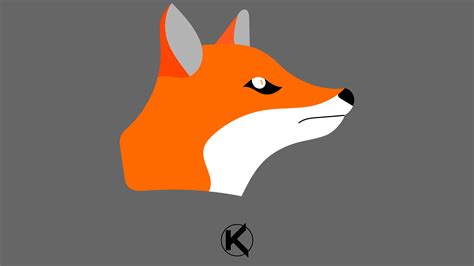
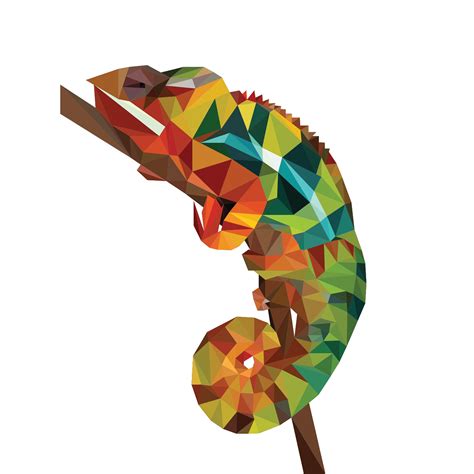
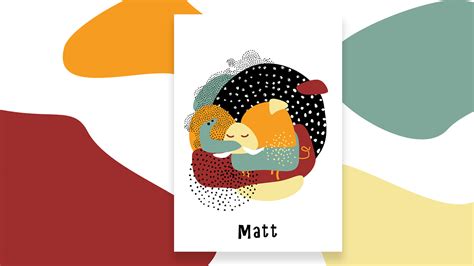
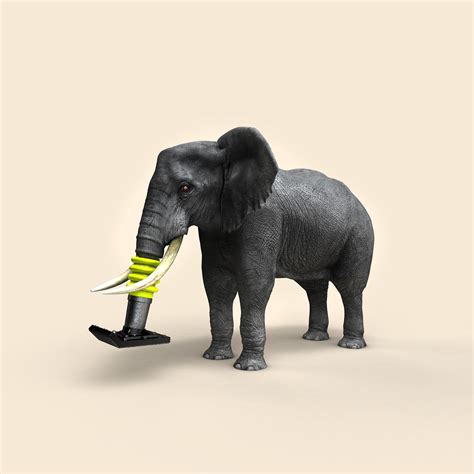
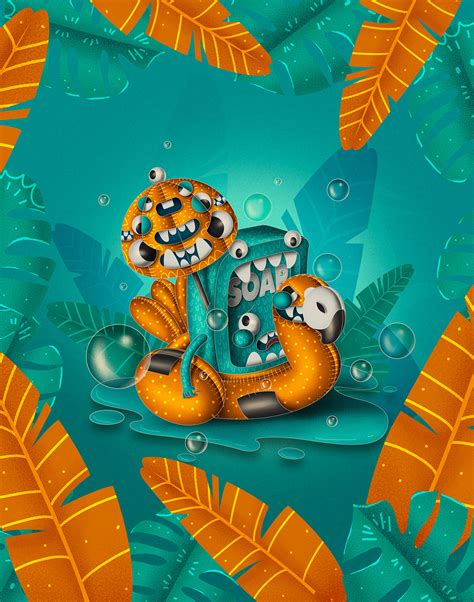
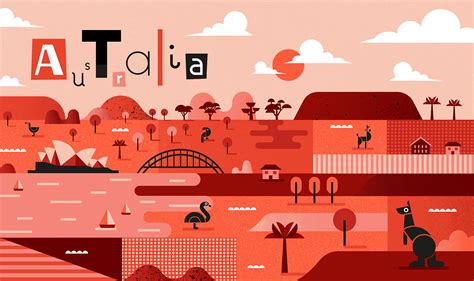
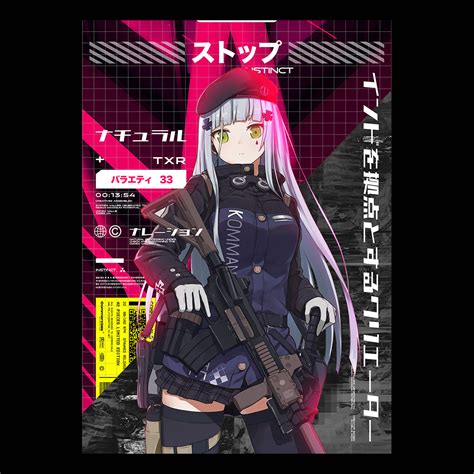

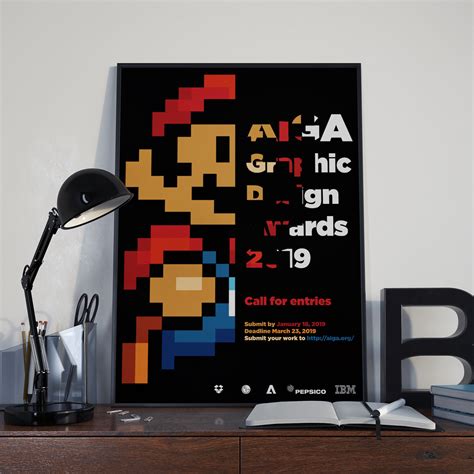
Leave a Reply
Your email address will not be published.